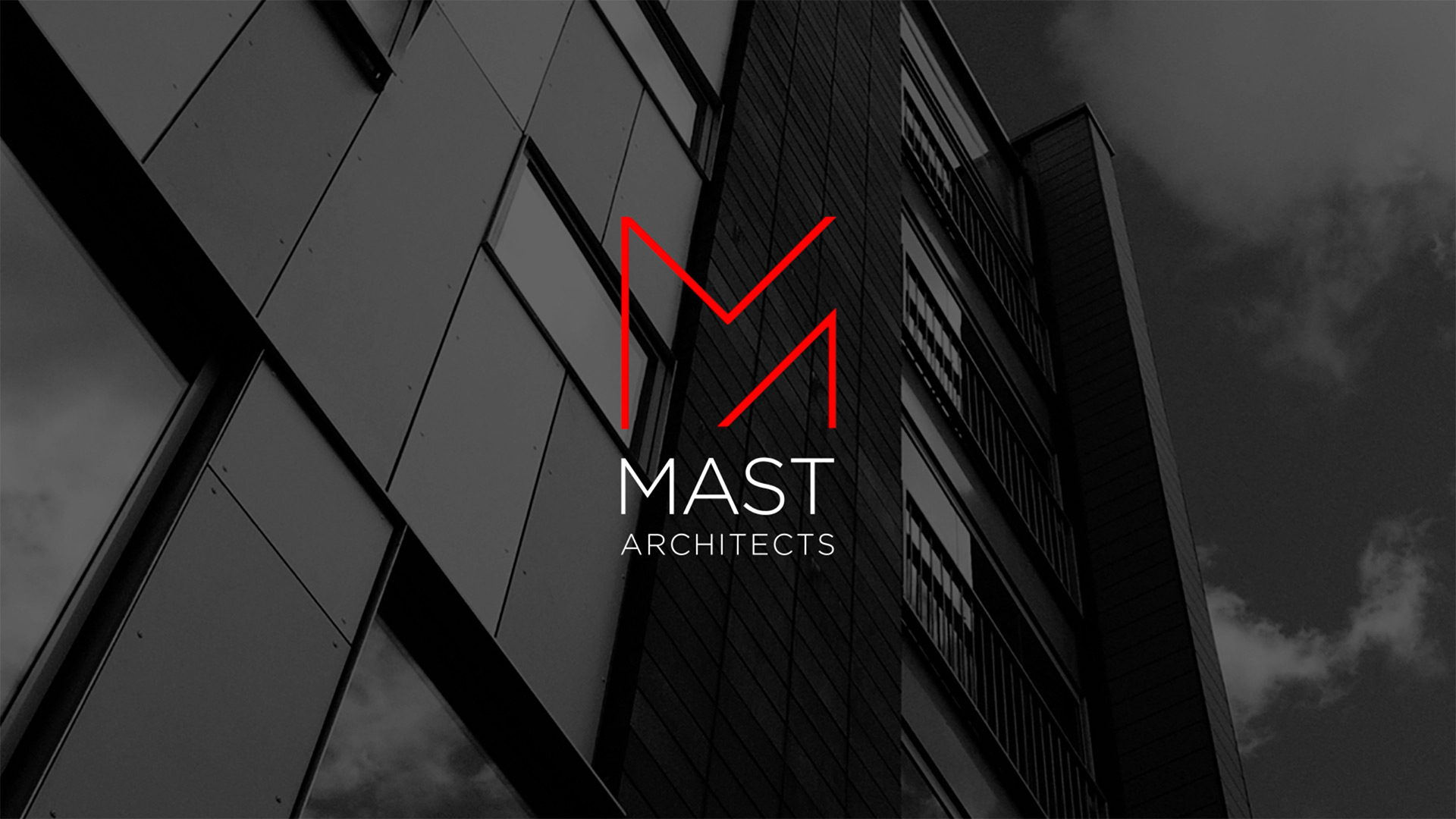Energy Efficiency Standard for Scotland Housing 2 (EESSH2)
Energy Efficiency Standard for Scotland Housing 2 (EESSH2)
A guest blog from SPA Appointed Company, Mast Architects, on EESSH2 targets and how their company can assist through SPA’s Consultancy Framework.
Mast Architects have been appointed to supply Architect services on our Consultancy framework in the central belt and southern regions of Scotland until 31 December 2023.
MAST Architects are an award-winning architectural practice based in the West End of Glasgow. Our team of 40 staff makes us one of the largest practices in Scotland, and we have been ranked in the top 10 in the recent Urban Realm ‘UR 100’. We are an industry leader in the residential sector with many of our projects adopting innovative methodologies as a vehicle to promote quality and collaboration. We can offer Conservation and Passivhaus Certified design services.
The practice’s Sustainability Group, led by our Passivhaus Certified Designer, are continuously researching the latest information on renewables, building materials and new technologies to ensure as a practice we are at the forefront of sustainable design. MAST believe in a fabric first approach and on this basis have worked with major contractors to develop their Net Zero Carbon approach to new build housing
EESSH2 provides a wide and complex range of competing issues for strategic investment to address:
- New technology is not always well-reflected in SAP assessments with some innovative technology giving a much lower modelled energy efficiency than is experienced by tenants. Landlords are expected to satisfy themselves that innovation provides benefits for energy efficiency and is in the best interests of tenants.
- The 2032 milestone recognises that EPC band B will not be met for all stock provided all reasonable efforts have been undertaken to improve the energy efficiency of the stock.
- Financial challenges include short- and long-term affordability, impact on rents and fuel poverty, funding availability, mixed tenure, planned refurbishment and maintenance, diminishing returns on successive improvements, capital and running costs.
- To meet aspirations action will be required from government, tenants, and energy suppliers as well as tenants or owner occupiers who may refuse to participate meaning the landlord must make every reasonable effort to inform and explain why the work is necessary.
- Improvements to listed buildings or buildings within conservation areas will require particular care in relation to possible solutions and ensuring consents are in place.
- SAP methodology treats traditional buildings in the same way as others however energy efficiency improvements should take account of appropriate materials and breathability.
- Improvements in energy efficiency have the potential for unintended consequences adversely affecting air quality, therefore, Landlords may want to collect data on carbon dioxide, temperature, and humidity, before and after projects.
- Social housing that cannot be brought up to EPC D by April 2025, and is not subject to temporary exemptions, should not be let to social tenants, estimated at around 3,000 homes.
- The International Energy Agency (IEA) say no new fossil fuel boilers should be installed after
- Changes to the Scottish Building Regulations are due in 2022 and 2024 which will introduce a new version of SAP (10) and requirements may have implications for EESSH 2.
- EPC Reform is ongoing but with the inclusion of an additional metric, Energy Use Rating, which will provide an understanding of the carbon emissions associated with the heat supply to a dwelling.
To assist our clients with these challenges and provide the many benefits of the SPA Framework, MAST are leading a well-established and specialist team. MAST have an awareness of the key issues and the team are ideally positioned to provide:
- targeted feasibility studies
- option appraisals
- property surveys over multiple typologies to support investment plans and regulatory audits
- comprehensive reports with benefits analysis
- recommendations
- a menu of costed options
- guidance on the latest technologies and assistance in managing the performance gap
The team appreciates that every project is unique with a wide range of issues therefore have developed a conservation based holistic approach that is practical and generally follows the principles of the PAS 2035 Framework and Enerphit. Importance is placed on listening to client priorities and reviewing available common technical data to provide an optimised performance solution.
If you are interested in finding out more about how MAST’s team can assist with EESSH2 and a no obligation presentation, please contact myself, David Denholm, at david@mastarchitects.co.uk or 07855 795477.


